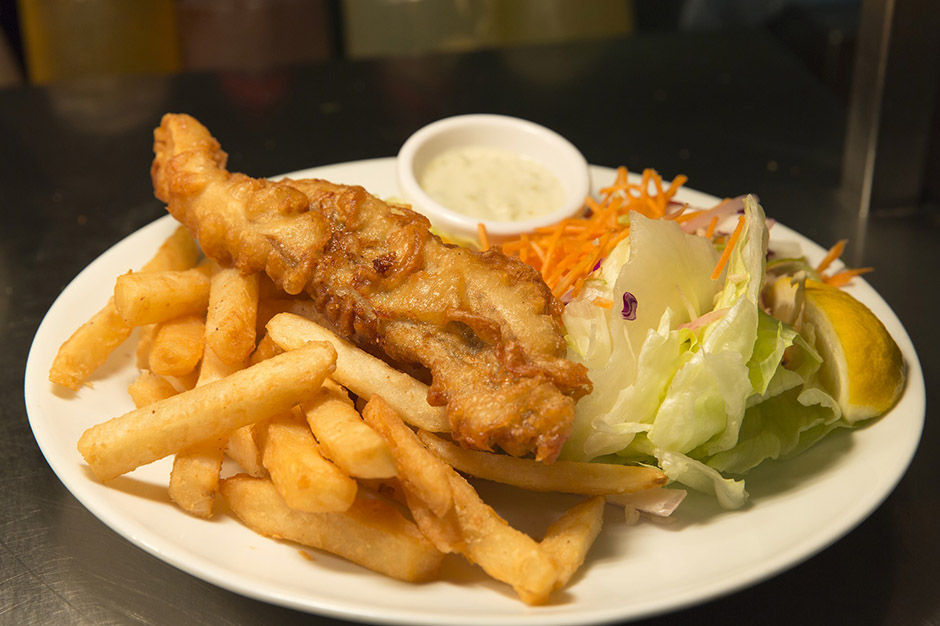How far would you go to eat something… book a long-haul flight and travel across oceans to experience a special cuisine? Sounds crazy, but that’s what many food enthusiasts and travellers across the world are doing. PEAKLIFE gives you the details of the new surging trend of culinary tourism.
Travel for food?? A question not long ago, wasn’t even taken into consideration while planning a travel itinerary. Without much thought, it was just considered as a three-times-a-day necessity and only showed up in there as Breakfast, Lunch, and Dinner. In recent times we have seen a complete paradigm shift in the trend. Now, food has taken an important place alongside climate, accommodation, and scenery whilst we plan our travel experiences.

Culinary tourism is the term associated with ‘travelling for food.’ It can be explained as an exploration of food for the purpose of tourism and provides an unadulterated window into the culture of a destination we wish to travel and experience. Every destination has varied cultures, cooking traditions, methods of cooking and even different eating habits. Travelling with food on the mind provides us with so many intimate details about a destination which otherwise as a regular tourist we tend to miss.
Popular Countries for Culinary Tourism
Countries like France, Italy, India, and Turkey are strongly associated with the culinary or food tourism. Both International and local residents have taken up traveling to experience and sample the locally served delicacies. Tourist interest in local produce inculcates a sense of pride in the region and also aids in preserving the long-running traditions and recipes simultaneously reinforcing local identity and culture.

From Swiss cheese, French Wines, Southern American BBQ, Australian outback delicacies to the Oriental fare in the East, every destination has a lot to offer in terms of food and drink. Our knowledge of the food and eating habits of a particular place is mostly gained from our experience of eating in those restaurants locally, which does not enrich us with the authentic taste or true culture. In a way we can’t complain about the same, considering the restaurants have to modify their recipes to satisfy local taste buds and commercial competition dynamics. Traditional flavors can only be explored by experiencing the food of a destination whilst travelling.
Let’s consider this as an example, a few years back I traveled to the UK, and being a foodie I took every opportunity to try and sample the local fare which was great, as I got the authentic taste and serving style for everything I tried. But one fine evening, a couple of friends suggested trying an Indian restaurant. As you may imagine being a foodie and being from India you start to have doubts as to how British would the Indian food be.

And as expected to suit the local tastes, the food was made with mild spices and less of Indian love which in terms of food predominantly refers to ghee. The Menu was elaborate and covered almost every local cuisine that India has to offer ranging from Mughlai, Gujarati, South Indian and so on. The dish that caught my eye was the “chicken tikka masala” which is a standard in any Indian Restaurant in the United Kingdom. It was explained as British invention in the menu and to me that was unacceptable and hence the debate ensued and still continues. Locals accept it as a British Delicacy, going as far as saying “Chicken Tikka Masala has replaced the national dish that of Fish & Chips” and the Indians argue with the historical implications. Indian or British we will never know, but the travel made me experience an entirely new dish and gave me a view into the culture and how food is affected by the history and the traditions. During my travel, I made sure I tasted the traditional fish and chips along with other delicacies such as Shepherd’s Pie, Steak Pie and all important British brewed beers, ales and bitters. The flavors, the style of presentation were very different and gave me a true British perspective towards food and beverages.
Italian Cuisine Remains A Favourite

Culinary haven Italy, has made its cuisine travel to the far corners of the world and all of us have come to enjoy and love the delicacies this loved cuisine has to offer, but do you know that every Italian region has different ways of cooking and serving their recipes. Yes, we all associate Pasta to this cuisine and is our go-to option whilst hunting Italian food, but the country and the cuisine has a lot more to offer for your palette, like not so common Arancini, Ribollita, and Saltimbocca. These delicacies would be a tuff find in your local Italian restaurants as they are local to their respective regions and have intriguing stories attached to their recipes. Make sure to try them on your next Italian holiday.

Culinary tourism has caught a lot of attention worldwide, and most of the countries are investing a significant amount of money to promote the same. A traveler now can sign up for local food walks and experience the true culinary genius that local fare has to offer unadulterated by the luxury and commercial activities. Even in India, we can savor the local cuisine through these local food walks, predominantly frequented by international tourists these walks can assist you in finding hidden food gems which remain unknown to most of us otherwise.
In my opinion, the best way to enrich yourself with the culture of a destination is by savoring the local food and exploring the local eating habits alongside the other stuff including sights etc. So, the question still stands…
Would you plan a holiday with culinary delights as your main focus????












